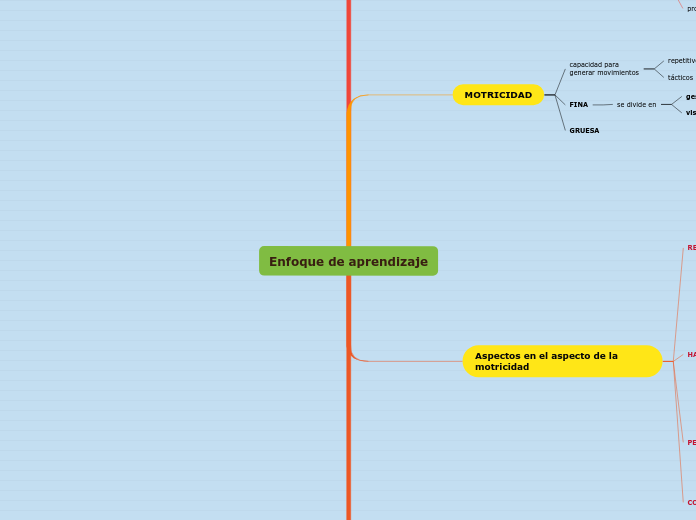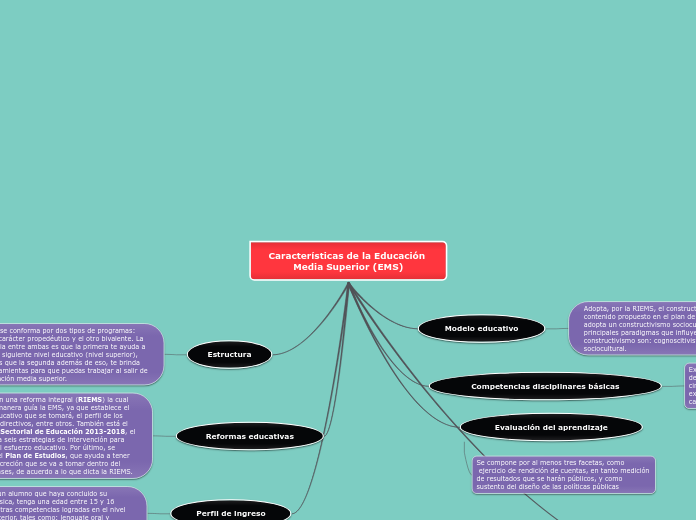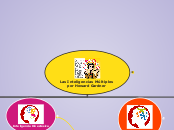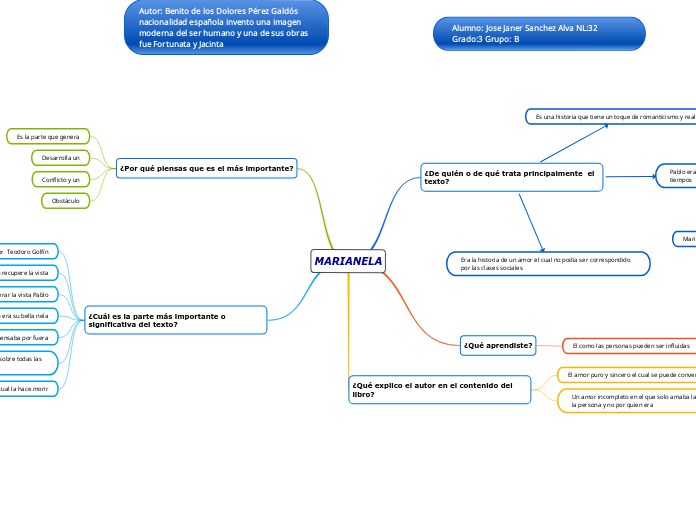Enfoque de aprendizaje
To name your story, you have to think about the overall message and what you want your audience to understand from the story. Also, make it relevant and easy to remember.
PSICOMOTRICIDAD
The ending of a story is essential. We all know that if the ending is weak, what happened before loses its importance. So make it unpredictable, but fair. A resolved ending answers all the questions and ties up any loose threads from the plot.
es la
This is the closure section of the story.
See examples of possible outcomes below:
- all problems have been solved
- it's clear how each one of your characters ends up
- your main character is transformed by the challenge
DICIPLINA
Try answering these questions in order for you to come up with a closure:
- Have all problems been solved?
- Is it clear what happens with all your characters in the story?
- Has the challenged transformed your main character?
- How do the characters feel in the end?
de habilidades psicomotrices
Percepción espacio temporal
Subtopic
Control Y ajuste postural
Relajación - respiración
Lateralidad
Conciencia corporal
Aspectos en el aspecto de la motricidad
The middle of the story is where you add layers of complications that will lead to the end. Reveal more about the character's journey. Did their personality go through changes? How did they overcome the challenges? And as you build up the story’s central conflict, make it more personal to that character. Also, from the middle act, you have to lead into the final act.
COORDINACIÓN
Esta determinado por una adaptación funcional, entrenamiento y tiempo
Visomotor
Especifica
Dinámica
PERCEPCIÓN
There wouldn't be any tension and excitement in your story if there weren't any obstacles in your character's way.
Se produce cuando los sentidos son estimulados por energía física
A story is nothing more than a character overcoming a series of difficulties to reach the desired goal. Obstacles usually create suspense and conflict. In overcoming obstacles, there is growth: weak becomes strong; hatred turns into love; sadness into happiness; wrong into right; lies into truth; or evil becomes good.
See a few examples below:
- stopping a meteor
- finding a killer
- finding love
Nocioceptores
Propioceptores
Interoceptores
Exteroceptores
HABILIDADES MOTORAS
Your character(s) need(s) motivation in order to solve the challenge(s).
Manipulativas
Secondary characters might also have motives that lead them to cross paths with the main character or which might trigger them to help the main character.
Receptores
Lanzamientos
Locomotrices
Why does your character need to confront this challenge? What does he/she expect to accomplish by solving it?
See a few examples:
- will marry in 3 days
- can fix the mistakes of the past
carreras
marchas
giros
saltos
REPRESENTACIONES CORPORALES
Each story has a main character and that character usually needs to solve a problem or challenge. The character's challenge is the one that creates tension throughout the story.
imagen
Type in any other challenges which other characters in the story need to face.
procesamiento espacial extrínseco
procesamiento espacial intrínseca
conciencia
Esquema
Equilibrio
Percepción
Tono muscular
MOTRICIDAD
GRUESA
FINA
se divide en
visomotor
se utiliza la vista
gestual
se utiliza las extremidades
capacidad para
generar movimientos
tácticos
repetitivos
Corporeidad
In the beginning of the story (or the exposition), you will need to introduce the setting and characters. You might also want to introduce the main conflict. This part of the story is important because it gives the reader necessary background information and maybe even a first insight into a character’s personality.
DESARROLLO HUMANO
The setting (time & place) of a story can change throughout the plot.
progreso
The weather is an important element in your story because it can highly influence the ambiance and the mood of the characters.
intelectual
The most affected character is the main character. Write down here if he/she is affected by these weather conditions in any way. For example, if they lost a family member or their home during a hurricane, etc.
social
Decide if you want to include an element of nature in your story. For example, a rainbow can be a very nice choice for a happy ending. The mist in a story can represent mystery and secrets. A thunder can appear in the background at the moment when the 'bad guy' of the story makes its appearance, etc.
sicologico
fisicos
Does your story include catastrophic weather? See a few suggestions below or add your own:
- hurricane, earthquake, storm, etc
Hurtado (2008)
Your story can take place wherever your imagination will take you to.
For example: in an elevator, in an enchanted forest, etc. Don't forget to give details of the environment each time the setting changes, otherwise, the story can be confusing. Also, mention the seasons as each of them has unique weather and events.
interacción social
Determinismo biológico
concepto
Characters are essential to a good story. Usually, the protagonist(s) is/are the most affected by the plot. Introduce a character by focusing on their actions, interests, and occupation, as the physical appearance doesn't make a difference in most cases.
es el cuerpo que
Type in the name of your character.
mueve
Add other qualities/attributes of the character.
expresa
What is your character's main goal?
fight Evilfind lovedefeat his/her enemyrule the worldmake friendstime travelmake an awesome discoveryOther
siente
Which traits best describe the character's personality? Choose more if necessary:
introvertedloyalkindindependentquick-thinkingadventuresomeidealisticsweet-naturedcalmrisk-takercreativewittystrictfussyweirdclumsyharshaggressivecarelessclingingcowardlycrueldeceitfulimpulsiveOther
piensa
Choose the type of your chacter:
Protagonist (main character)Antagonist (main character's opponent)Flat (stereotypical character)Round (his/ her personality develops throughout the story)Static (doesn't evolve as a person throughout the story)Dynamic (dramatical change in personality)Confidant (the main character trusts him/ her)Foil (contrasting character who enhances the personality of another character)Other










